Nantech brought nearly one hundred international researchers to Espoo
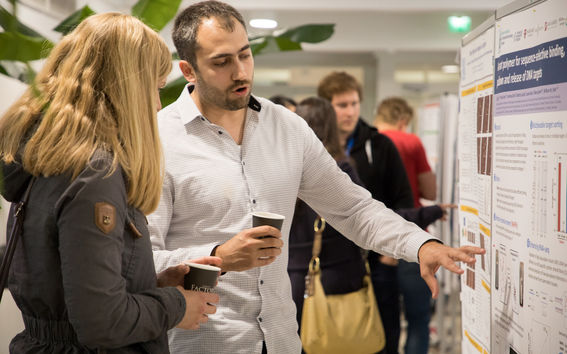
Nantech2019, a workshop on Nucleic Acid Nanotechnology, brought a large number of international top researchers to Espoo in the end of May. Ninety-four international scientists and 18 people from Aalto University participated in the event.
The workshop consisted of about 30 talks and 65 poster presentations. Fifteen speakers were invited to the event. Many of them are pioneers and well-known top researchers of their field.
The field of Nucleic Acid Nanotechnology is very multidisciplinary. The background of the researchers is often in either biochemistry, biophysics, computer science, or mathematics.
‘The share of computer science and mathematics in the field is remarkable and increasing. These days, DNA nanostructures are so complex that designing them by hand and without systematic designing principles is not possible,’ says Professor Pekka Orponen, one of the organizers of the workshop.
Multidisciplinarity is also visible in the background of the organizers. Orponen organized the event together with Assistant Professor Anton Kuzyk from the Department of Neuroscience and Biomedical Engineering and Docent Veikko Linko and Associate Professor Mauri Kostiainen from the Department of Bioproducts and Biosystems. ‘Anton Kuzyk took the most responsibility,’ says Orponen.
The event met, or even exceeded, Orponen's expectations. ‘The list of invited speakers was excellent. Their talks represented the most recent research and were of very high quality. The debates were lively and professional.’
According to Orponen, the feedback received by the organizers was solely positive. He says that similar European workshops on the same topics have been organized in different cities for already some years. However, they don’t officially form an organized series of meetings.
Nantech2019 was the first one organized in Finland. It was supported by Aalto Science Institute, Aalto Health Platform, Aalto Material Platform and Federation of Finnish Learned Societies. The next European meeting on DNA nanotechnology will be held in Rome in June 2020.
Photos Matti Ahlgren ja Anton Kuzyk / Aalto University
Group photo Glen Forde / Aalto University


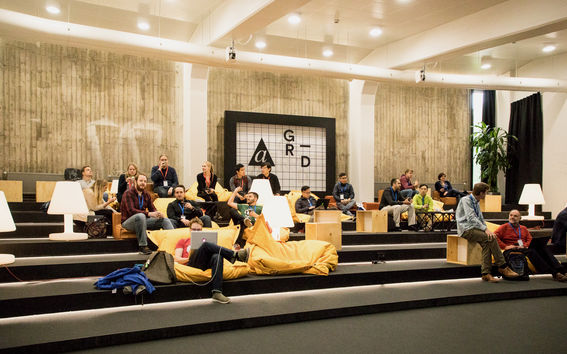
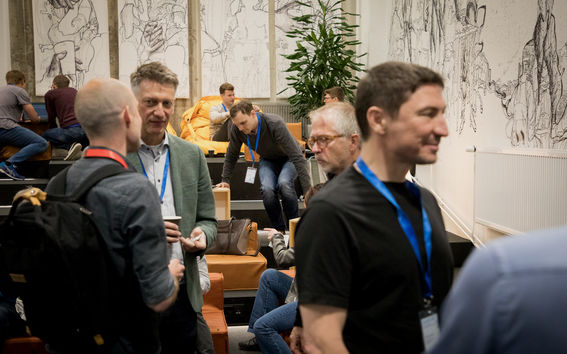




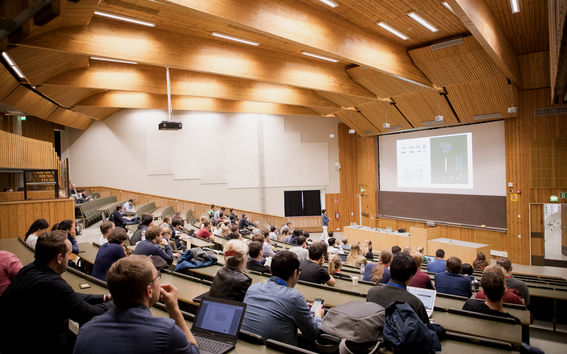

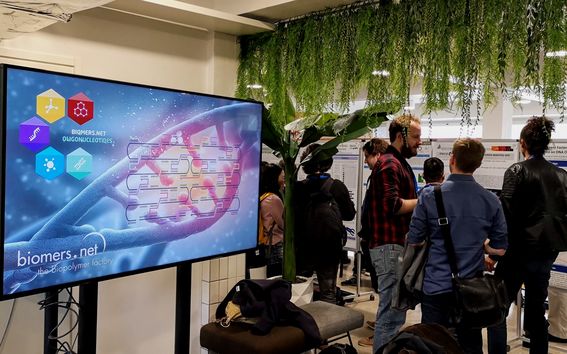
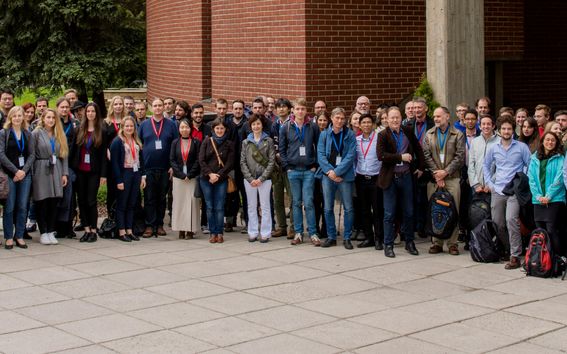
Read more news

Unite! Seed Fund 2026: Open for applications
The 2026 Unite! Seed Fund call is officially open, offering funding across three strategic lines: Student Activities, Teaching and Learning, and Research and PhD. Deadline for applications is 20 March 2026.
Apply now: Unite! Seed Fund 2026 - Student Call
The Unite! Seed Fund call for 2026 is now open for students. Apply now for up to €20,000 per project, involving at least two Unite! Universities. Deadline for applications is 20 March 2026.






